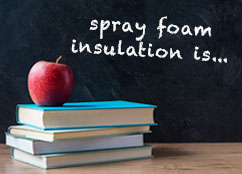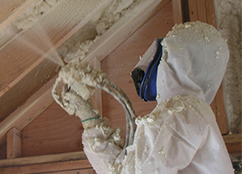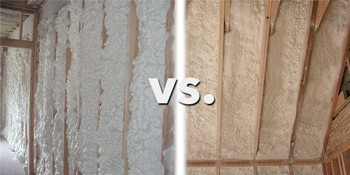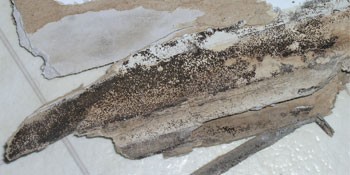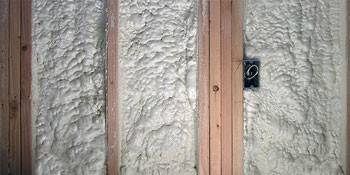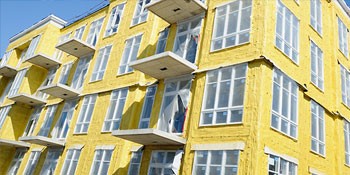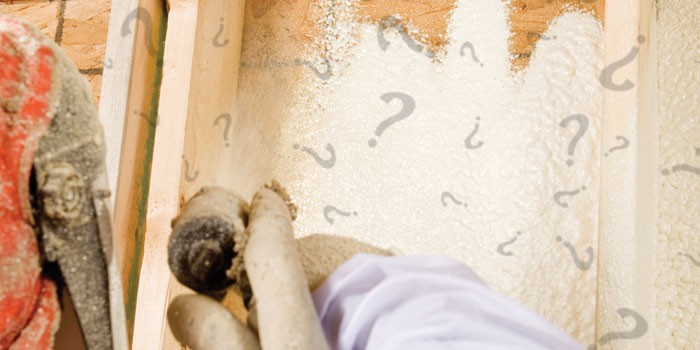Open-Cell and Closed-Cell Foam: What’s the Difference?
The importance of distinguishing between the two types of spray polyurethane foam cannot be understated. When it comes time to insulate a home or commercial building, you must opt for open-cell foam or closed-cell foam, or a specific combination thereof. Each type of foam distinctly impacts project costs, application methods, and building performance. There are two major factors distinguishing closed-cell and open-cell foams: structure and density.
More about open-cell and closed-cell foam



